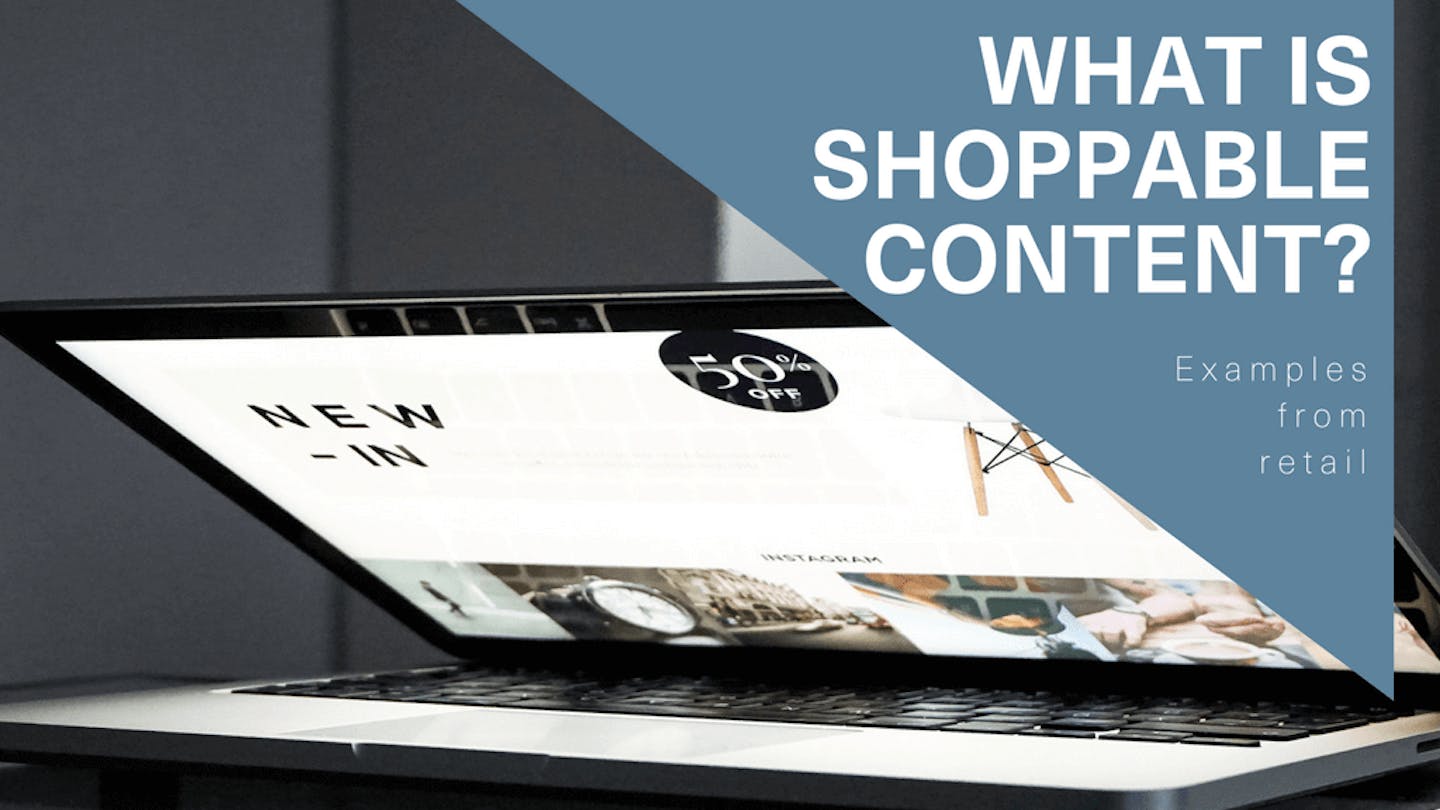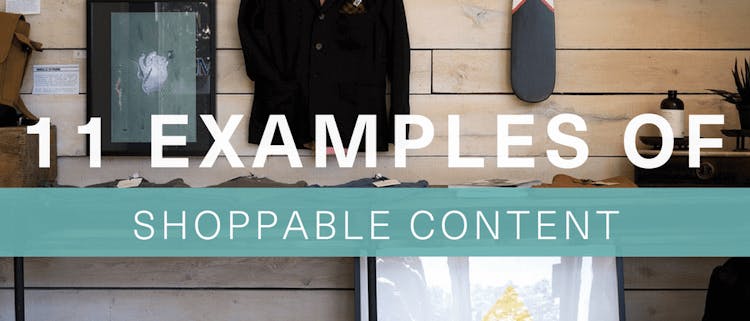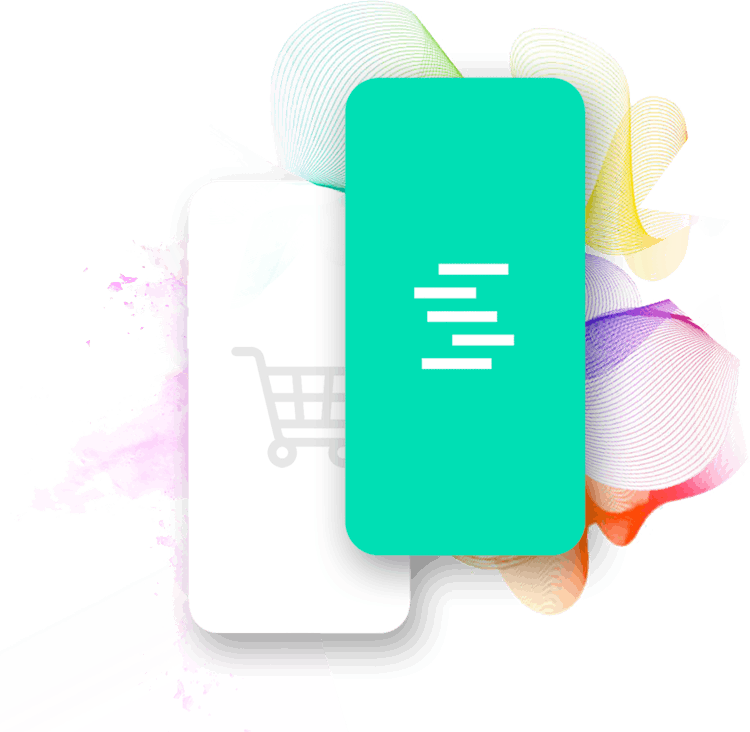Ever since the invention of E-Commerce in 1979, the way people shop has dramatically changed. Before, retail was all about location, location, location — epitomising the most commonly recited marketing credo, according to which the success of your business mainly depends on a geographical factor.
As the world changes and new technology emerges, the famous phrase seems to have acquired a new meaning. Retail is still all about the location — but with the rise of mobile users and rapid digital advancements, that location is neither geographical nor physical. It is, in fact, in the online realm — the place where the consumer of today is currently residing.
And I believe that this is his current address:
Customer Bob
2 Online Street
WiFi city, 0000
Digital Country
The truth is, with everything going digital, online shopping has become nearly ubiquitous. According to BigCommerce, 93% of Americans have done it in the last year, and for many of them, online shopping is a normal, habitual, almost routine-like, activity: 80% of people purchase something online monthly, 30% weekly, and 5% daily.
And what’s more, in 2015 InReality found out that 25% of Americans have actually bought something online WHILE being in a brick-and-mortar store. I guess, the queues are really too long in the offline world— and when the purchase of your dreams lies only few clicks away from you, why would you waste time waiting?
After all, time is an important element of the E-Commerce gameplay. If the page doesn’t load fast enough, if the checkout process lasts for eternity, and if delivery takes forever, this will result in a high shopping cart abandonment rate and huge loss of opportunities — for both customers and brands.
But time isn’t the only factor worth noting here. As brands try to stand out from the crowd, they turn to content marketing, charging their products with emotions and wrapping them into personal stories.
Because before, the future of commerce was simply about being online — but today, the future of commerce is all about context.
The future of commerce is all about context
Almost every retail brand you can think of has its own content platform, where they write about décor, DIY, music, cocktails, travel, fashion, and whatnot, teaching people how to use and combine different products, bringing them certain extra value and thus earning their trust and smoothly converting readers into customers.
Content IS king. There’s no doubt about that.
Unless…
Unless you realise that as powerful as content is, it’s still not perfect. If you think about it, there’s always been a certain difficulty in traditional content marketing to establish a direct, instant connection between a story and a product. Instead of completely closing the gap between the act of selling and the act of buying, content is merely building a bridge between those two. The truth is, content simply isn’t capable of delivering a direct, instant sale — unless people can directly, instantly shop from it.
In other words, unless content is fully shoppable.
But what IS shoppable content?
Good question!
Shoppable content is any type of content (i.e. videos, articles, images, etc) that provides a direct purchasing opportunity and allows consumers to add products to cart from what they are viewing — or at the very least, get referred to a product page and continue to shop from there.
This means that there’s just one click — or two, at a maximum — between the Aha! moment, when people see the product they desire, to the Finally! moment, when they can actually buy it.
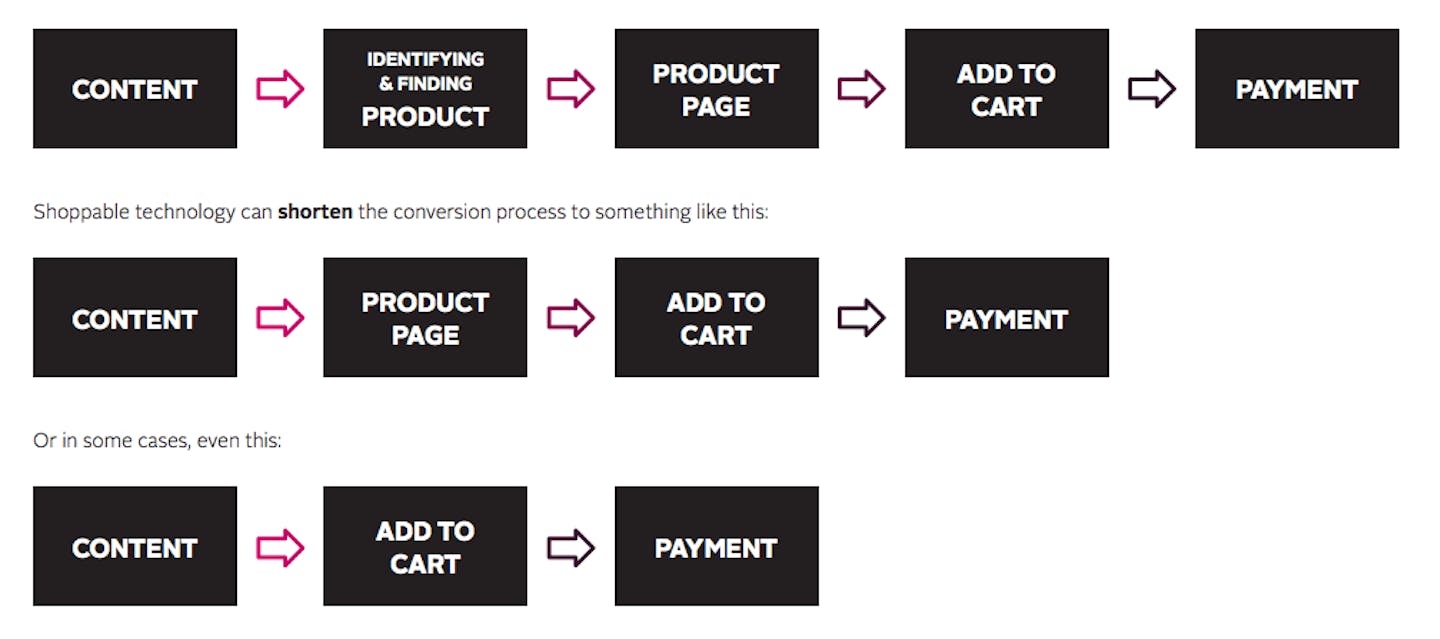
By making content shoppable, brands allow their customers to flip through articles, videos, snaps and photos, and, with the mere tap of a finger, instantly purchase the items they desire. However, Marla Schimke, VP of Marketing at Zumobi, points out that convenience isn’t the only factor propelling shoppable content to the top of CMOs’ minds; it’s ability to provide relevant items to consumers based on their interests is a huge opportunity as well, since 78% of consumers report desiring some degree of personalised content. Shoppable content simplifies the path to purchase as it leads directly from content to cart — something that traditional content isn’t capable of doing.
"Until recently, shoppable content was viewed as affiliate marketing or linking individual products to a store”, dittoes Dominik Pantelides, the CEO at Bringhub, noting that shoppable content has evolved to be about bringing an immersive commerce experience to users. “Now, users can engage with their favourite sites and blogs in a new way by having the ability to explore, discover, and purchase products directly from a piece of content”, he explains.
As further evidence that shoppable content is becoming increasingly present in the marketing strategies of today’s publishers, consider that many of them — such as BuzzFeed and Business Insider, among others — are now employing so-called E-Commerce editors to produce commerce-minded content that can be easily monetised.
At the same time, retail brands are pursuing content-minded commerce, blurring the line between selling and storytelling — something we've talked about on the Styla blog before.
Just to compare, let’s have a look at this table that visualises the differences between traditional and shoppable content a bit more clearly.
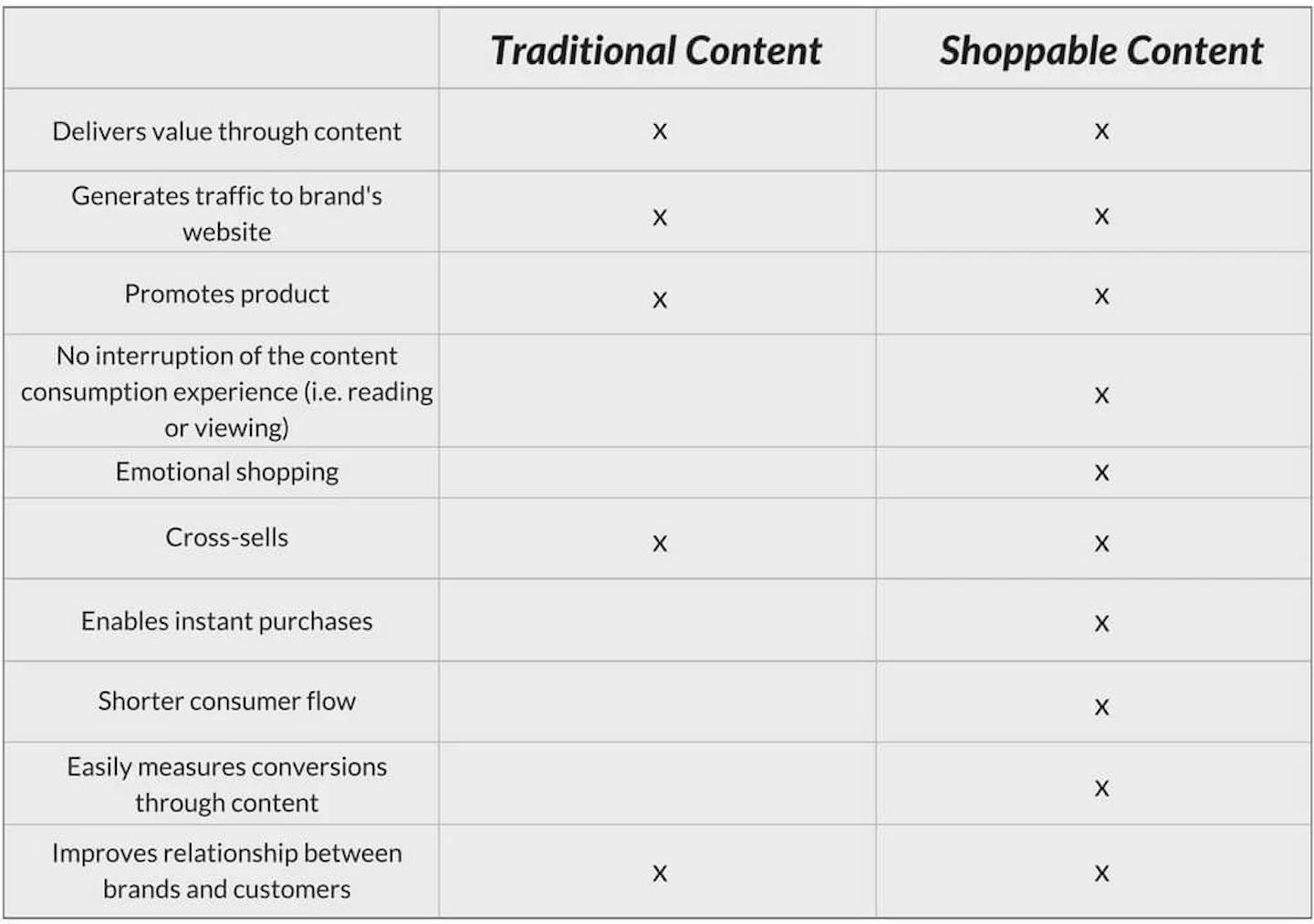
Traditional content has numerous benefits, that’s for sure — but when it stands in line with shoppable content, it lacks five important features: a seamless merge of content and commerce; an ability to shop instantly; a shorter consumer flow; an emotionalized shopping process; and finally, an ability to measure sales and conversions.
This last point brings us to another question, which is a bit off-topic but is still worth a little discussion: What is the goal of content marketing? Different people say different things. So you might hear that it’s spreading the SEO juice all over the Internet, or making a blog post about a product go viral, or getting a tremendous amount of shares on Facebook. But the truth is, there’s only one ultimate goal in content marketing and it is delivering a sale. Content should be striving to drive clear profit — it’s as simple as that.
With traditional content, it’s unclear how to calculate conversions and monitor clickthroughs to product. With shoppable technology, however, it’s an open book.
Note: According to CMI, content marketing goals in B2C are sales, customer retention, engagement, brand awareness, creating brand advocates, lead generation, lead nurturing and to upsell/cross-sell. So what are your content marketing goals? Let me know in the comments, I'd love to know!
But for now, let's take a look at the different types of shoppable content.
The types of shoppable content (+ examples)
Shoppable videos
Unless you’ve been living under a rock, you’ve probably heard that video will soon account for 69% of all consumer internet traffic. Now, this is A LOT of traffic, which indicates that video is to become a super powerful storytelling tool that online marketers will be harnessing across all verticals.
"Video in itself is a powerful storytelling tool. Alongside the fast growing trends of shoppable content, a seamless connection between video and commerce should be a given."
— Karoline Gross, CEO at Smartzer
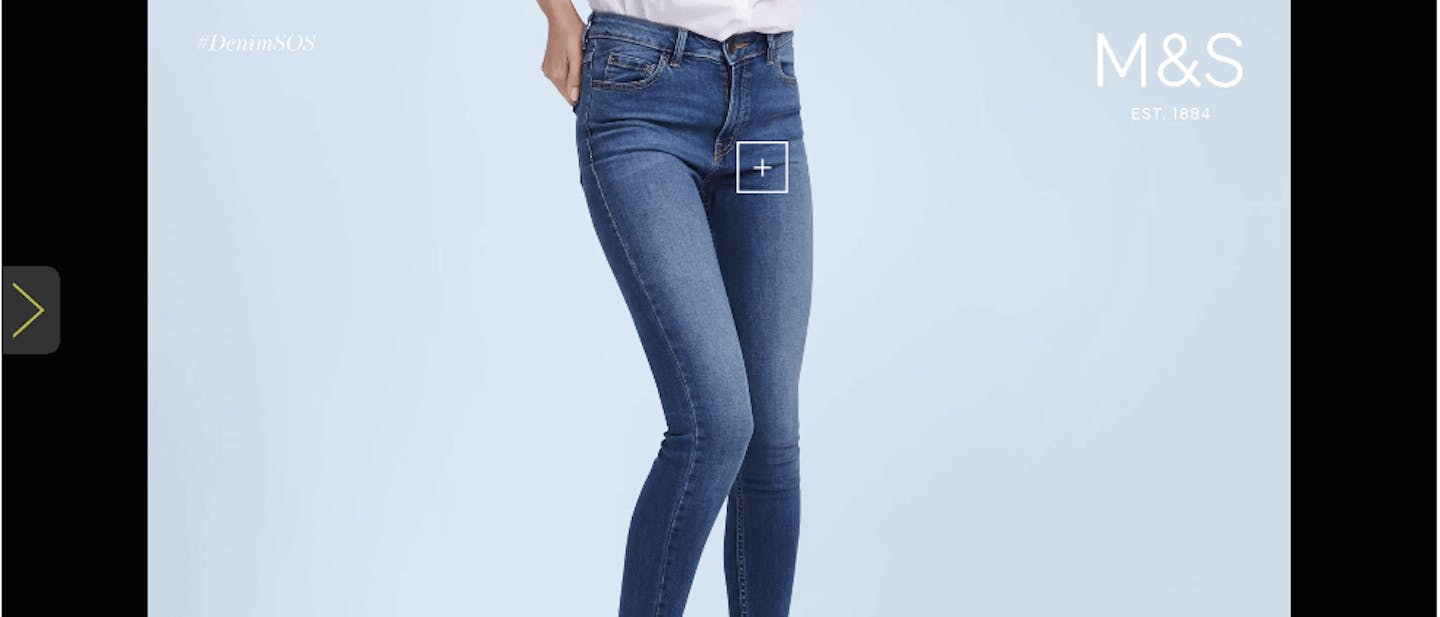
An example to love: DENIM SOS by Marks and Spencer
The results? 15.4K views, 6.5K product clicks, and 11.4% clickthrough to the product pages. (Source: Smartzer)
Because videos are springing up like mushrooms after the rain, it’s only natural that brands are taking advantage of the situation, creating interactive, shoppable videos. Shoppable videos allow customers to click on products in a video to see more details with the option to shop. This creates a seamless journey from inspiration to purchase, making it as easy as possible for the consumer to explore and shop items from a video.
Shoppable photography
Though videos are becoming increasingly popular, images are still perceived to be a more important content asset, as 34% of marketers prefer images to videos, according to Social Media Examiner. Images are everywhere. They say that the Internet sees over 200,000 Facebook photos and nearly 30,000 Instagram snaps uploaded every single minute. So making images shoppable is an obvious way to go.
Shoppable photography is a simple way to rely on the visual power of content without wasting too many words. In this case, an image would have a hotspot mark which, if you click on it, leads the user to a product page.
An example to love: #MYPBTEEN by Pottery Barn Teen
The results? Clickthrough rate to products was 110% higher than the average. (Source: Retail Touchpoints)
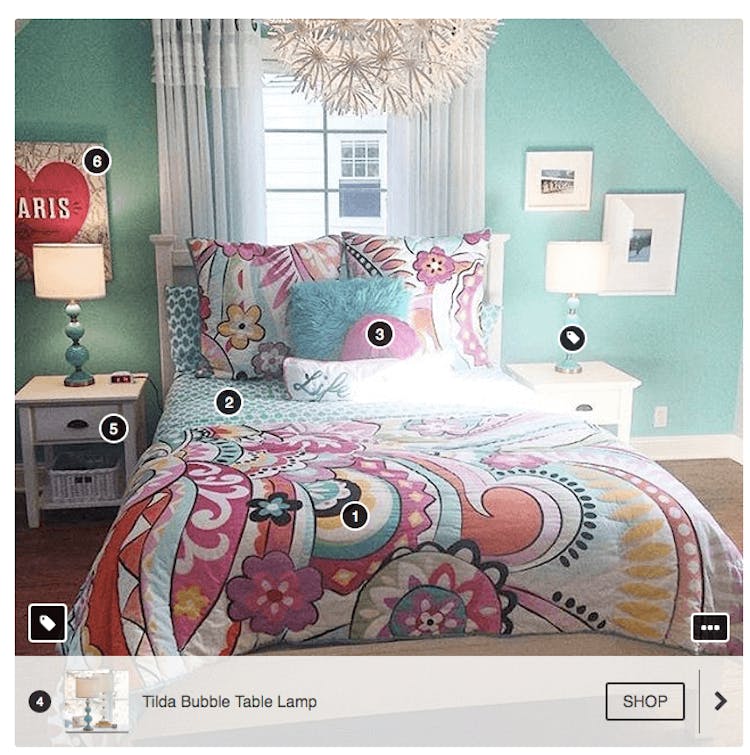
Shoppable articles
In the case of articles, shoppable technology builds a bridge between an E-Commerce store and a content platform where those articles are published (e.g. online blog or digital magazine) and integrates existing products into it.
Then, every product image (be it a photo or a gif) is assigned a “Buy It Now” option that allows the user to add the product to cart directly, without interrupting the reading experience. This means that the two processes of shopping and engaging with content are parallel, instead of disturbing each other's flow.
Another great thing about this solution is that it provides a feeling of instant gratification to those who fall in love with the product displayed in the article and want to buy it right there and then.
Today’s content should provide instant gratification to those who consume it. It is not enough to produce beautifully-written stories with a call to action at the end. If a brand is trying to grab people’s attention but isn’t able to satisfy it, it does nothing but deceive the customer.
— Philipp Rogge, CEO at Styla
Shoppable television
One day, you'll be able to shop everything you see on TV with a simple click of a remote. While those days aren’t in full spring yet, the beginning of the T-Commerce era has already started.
H&M was the first brand to put T-Commerce in the spotlight, when they ran a Super Bowl ad in 2014 starring David Beckham. In that ad, David does what he does best: he runs and gets naked, first wearing a grey T-shirt and dark blue underwear, until suddenly he wears nothing at all. During the ad, a small part of the screen presented a pop-up menu offering product information, which allowed viewers (but only those who owned Samsung smart TV) to buy products directly with a simple click of a remote.
Shoppable social media
Social media picked up on the shoppable trend pretty fast. First, Instagram, with the help of apps like Like2Buy or LikeItWantIt, made its photos directly purchasable, speeding up the customer journey by seamlessly directing Instagram users to buy products shown on the photos. Then, Pinterest rolled out its Buyable Pins that let pinners buy products directly from Pinterest without leaving the Pinterest app. First only available on mobile, this summer, Pinterest has expanded to desktop devices, taking a step from being “the world’s catalogue of ideas” to becoming “the world’s biggest wardrobe”.

Tim Weingarten, Product Manager at Pinterest, explains how it works:
“With your new shopping bag, you can throw in any buyable pin that catches your eye, whether you’re shopping on your Android or the web (iOS to come!). When you’re ready to check out, everything you’ve added to your bag will be right there waiting for you.”
Easy. Peasy.
An example to love: Modern Citizen (fashion retailer) and Buyable Pins (Pinterest)
The results? By making their Pinterest shoppable, the retailer increased sales from Pinterest by 73%. (Source: Pinterest)
Content is the new mall — and it’s open 24/7
When content became shoppable, it became the new mall — the mall that can be easily accessed by everyone and anywhere. The mall has millions of products in stock. The mall that is open 24/7.
The shoppable technologies are resetting expectations of retail, and the “See It, Click It, Buy It” revolution is in full swing already. Soon, customers will expect to be able to buy any image they click on — and be frustrated if they can’t.
In a world where we’re comfortable with the ideas of “instant access” and “instant gratification”, shopping directly from magazines, videos, and social media should be equally as comprehensible . “Just" content isn’t enough anymore — readers want to click and buy straight from the editorial that inspires them, via a short and frictionless route. Which means no email sign ups, no redirects, no separate webshops, and no dead-end paths to out-of-stock products.
But at the end of the day, it all ties up to brands being willing to exploit the new opportunities in E-Commerce and understanding that, essentially, it’s not about creating a new content format but about enhancing it with more powerful features, seamlessly merging content and commerce and offering their customers an exciting "shopping experience" instead of a mere “shopping activity”. Because after all, small changes always make a big difference.

